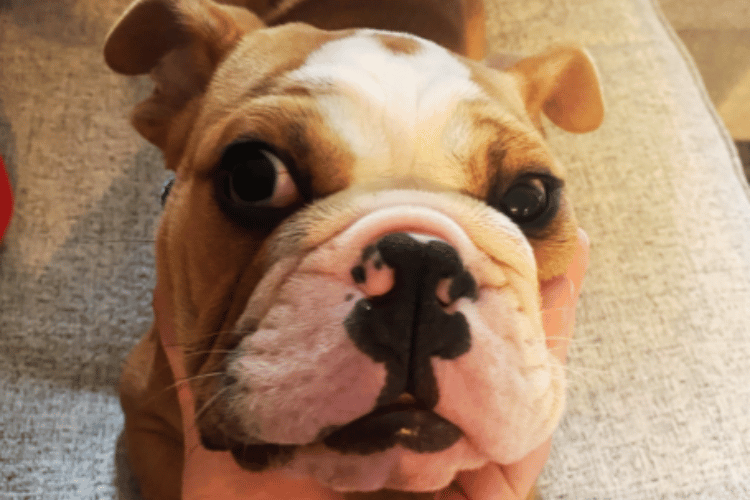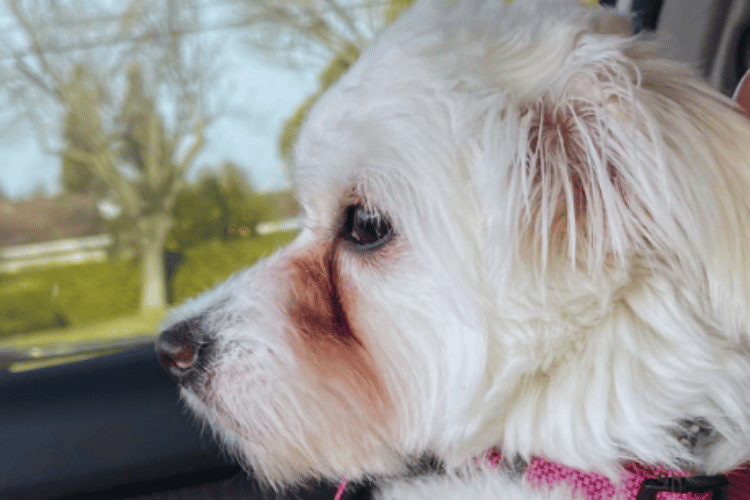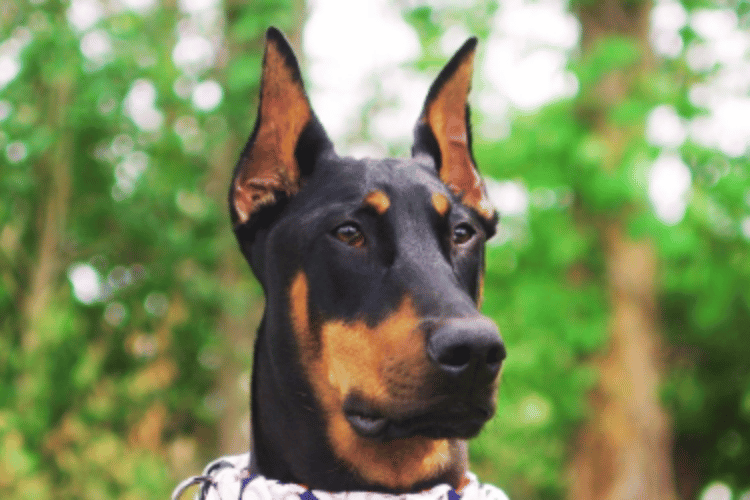As a pet parent, it's crucial to know when a cut on your dog requires professional veterinary care. While some minor wounds can be managed at home, others necessitate immediate attention to prevent complications. This informative guide will help you discern when it's time to head to the vet and how to provide first aid for your furry friend's injuries.
Key Takeaways:
- Understand the difference between minor and serious cuts that require veterinary attention.
- Learn how to provide initial wound care to prevent infection and promote healing.
- Recognize the signs that indicate a cut is infected or not healing properly.

Assessing the Severity of the Wound
When your dog sustains a cut, the first step is to assess the severity of the injury. Minor wounds, such as superficial scrapes or thin cuts, may be treated at home with proper dog wound care. However, deep puncture wounds, cuts that won't stop bleeding, or those with contaminated or dead tissue often require a trip to the veterinary clinic.
Immediate Actions for Minor Wounds
For minor cuts, calmly clean the wound with warm tap water to remove any dirt or debris. You can use a clean cloth or paper towel to gently wipe the affected area. Avoid using rubbing alcohol or hydrogen peroxide, as these can cause tissue irritation and delay healing. Instead, apply a thin layer of triple antibiotic ointment to promote drainage and prevent infection.
Recognizing When to Seek Veterinary Care
If the cut is deep, won't stop bleeding after a few minutes of applying pressure with a sterile gauze, or if you notice any foreign material that you cannot remove, it's time to take your dog to the vet. Bite wounds, especially, are prone to infection and may require surgical closure or prescribe antibiotics.

Handling Serious Injuries
In the case of serious injuries, avoid applying any ointments or creams until a veterinarian has evaluated the wound. Cover the wound with a clean cloth or sterile gauze to protect it during transport. If your dog shows signs of pain or distress, be cautious, as even the gentlest pet may react aggressively when hurt.
The Risk of Infection in Dog Wounds
Infected wounds can lead to more significant health issues, including life-threatening conditions. Signs of an infected wound include swelling, redness, heat, pus, or a foul odor. If you notice any of these symptoms, contact your vet immediately. Early veterinary attention can prevent secondary infections and other complications.
Preventing Infection at Home
After cleaning a minor cut, you can apply a water-based lubricant like KY Jelly to keep hair away from the wound and surrounding area. Use electric clippers to trim the hair if necessary, but be careful not to cause further damage. Always use clean towels and bowls when treating your pet's injury.
Understanding Different Types of Dog Wounds
When considering when to take a dog to the vet for a cut, it's crucial to understand the different types of wounds your pet might encounter. Open wounds can vary from superficial scrapes to deep punctures. If your dog's wound is bleeding profusely or has jagged edges, it may require professional attention. On the other hand, most wounds that are shallow can be managed at home with proper care. Always assess the wound carefully; if it's more than a minor scrape or if you're unsure of its severity, it's best to consult your vet.

Bite wounds, in particular, should be treated with extra caution. These injuries can appear minor on the surface but may have deeper, more serious implications due to the risk of infection and the potential damage to underlying tissues. If your pet has been bitten by another animal, it's advisable to visit the vet, even if the wound seems small. The vet can clean the wound thoroughly, possibly prescribe an antibacterial ointment, and ensure that your pet's injury doesn't develop complications that could become life-threatening.
Home Care for Your Dog's Minor Wounds
For minor wounds, there are steps you can take at home to avoid infection and promote healing. First, if there's any debris in the wound, gently remove it using a clean towel or dry cloth. If the wound is not bleeding and is free of debris, you can apply a water-based lubricant to protect the area before trimming any fur that might get in the way of the wound. This helps to prevent further contamination and makes it easier to apply any necessary treatments.
After preparing the area, you can clean the wound with a saline solution or apply hydrogen peroxide with caution, as it can impede healing in some cases. Never use alcohol on a dog's wound, as it can cause pain and irritation. Once the wound is clean, you can apply a thin layer of an antibacterial ointment to help ward off infection. Remember, most wounds heal best when they're kept clean and dry, so after treating the wound, cover it with a sterile bandage to keep it protected. Always monitor the wound closely for signs of infection and consult your vet if you notice any concerning changes.
The Importance of Veterinary Evaluation
A veterinary evaluation is crucial for wounds that do not heal within a few days or are worsening. Your vet can assess for microscopic debris or contaminated wound that may not be visible to the naked eye. They can also determine if there's a need for debridement to remove contaminated or dead tissue.

When Surgical Closure Is Necessary
Some wounds, particularly deep puncture wounds or those caused by a sharp object, may require surgical closure to heal properly. This procedure is typically done under anesthesia to ensure the wound edges are aligned correctly and to fully penetrate the affected area, promoting optimal wound healing.
First Aid Kit Essentials for Dog Wound Care
Every pet parent should have a first aid kit that includes items like sterile gauze, clean cloths, triple antibiotic ointment, and a clean bowl for warm water. Being prepared allows you to promptly clean the wound and apply pressure to stop bleeding if necessary.
The Role of Antibiotics in Wound Healing
Your veterinarian may prescribe antibiotics to treat or prevent infection in a dog's wound. It's essential to follow the prescribed dosage and duration of treatment to avoid antibiotic resistance and ensure complete healing.
Monitoring Your Dog's Recovery
After receiving veterinary care, monitor your dog's recovery closely. Ensure the wound and surrounding area remain clean and check daily for signs of infection. If the wound does not improve or your dog seems to be in pain, contact your vet for further advice.

Protecting the Wound Post-Treatment
To prevent your dog from licking or biting the wound, you may need to use an Elizabethan collar. Additionally, keep the wound covered with a bandage or clean cloth if advised by your vet. Change the bandage as directed to avoid moisture buildup, which can lead to hot spots or infection.
Summary
Knowing when to take your dog to the vet for a cut is vital for their health and well-being. While minor wounds can often be treated at home with proper care, more severe injuries require professional veterinary attention. Always assess the severity of the wound, provide initial care to prevent infection, and seek veterinary help if the wound is deep, won't stop bleeding, or shows signs of infection. With the right knowledge and preparation, you can ensure your furry friend receives the best possible care in the event of an injury.
FAQ Section
Q: How can I tell if my dog's wound is infected? A: Signs of an infected wound include swelling, redness, heat, pus, or a foul odor. If you notice any of these symptoms, seek veterinary care immediately.
Q: What should I do if my dog's cut won't stop bleeding? A: Apply pressure to the wound with a sterile gauze or clean cloth for several minutes. If the bleeding does not stop, take your dog to the veterinarian immediately, as this may indicate a more serious injury.
Q: Can I use human first aid products on my dog's wound? A: Some human first aid products, like triple antibiotic ointment, can be used on dogs. However, avoid using rubbing alcohol or hydrogen peroxide, as these can harm the tissue. Always consult your vet before applying any new product to your dog's wound.
Thank you for visiting LegitLists we hope this helps you make a legitimate choice!






